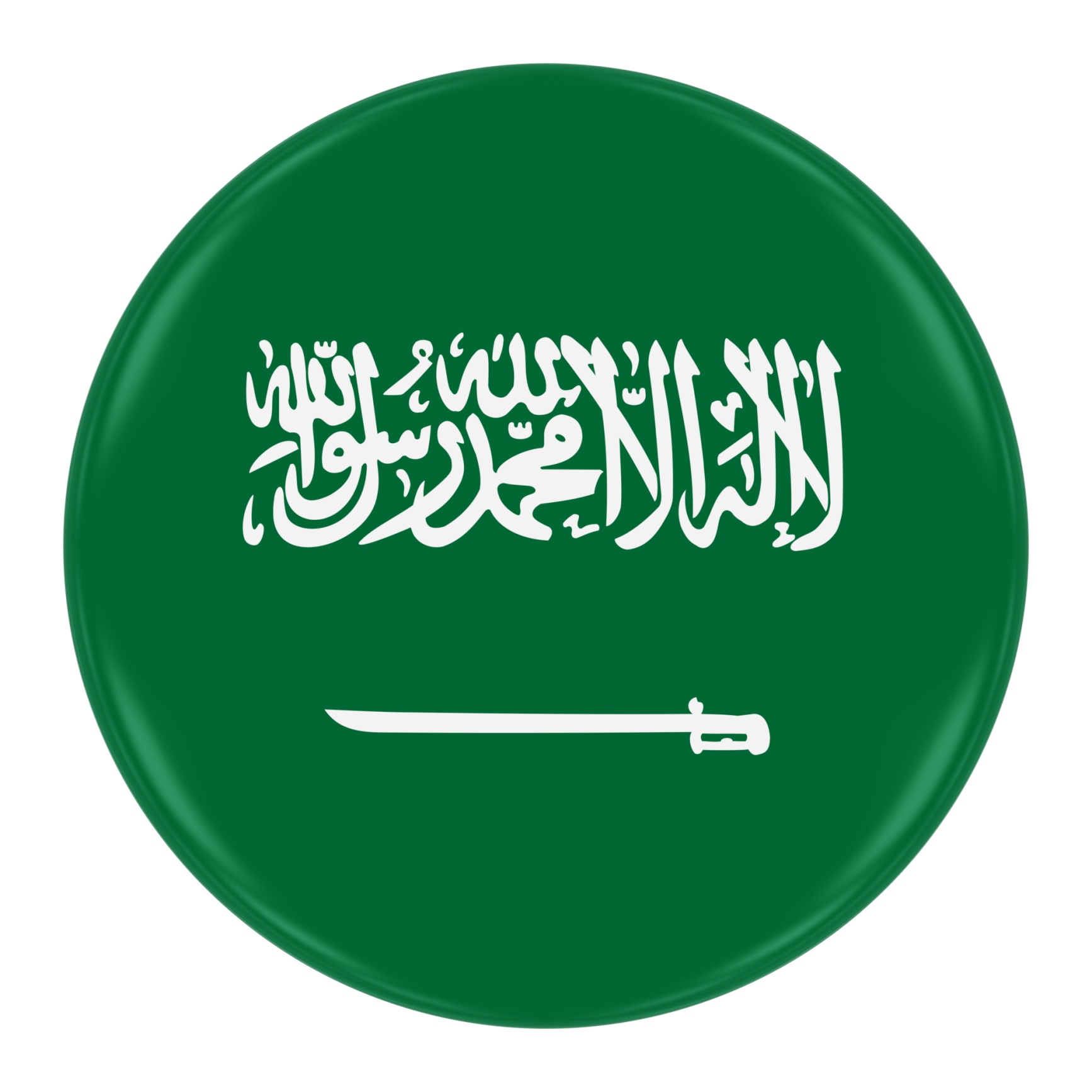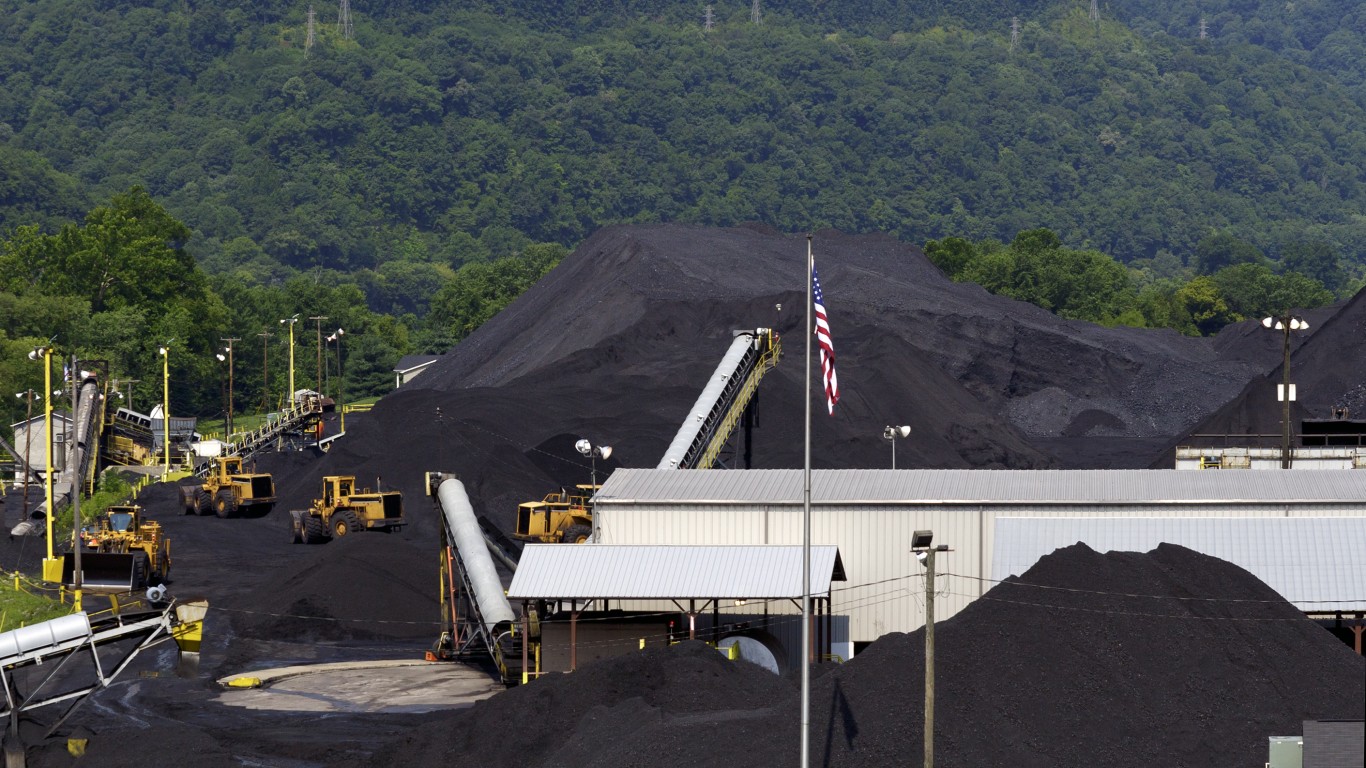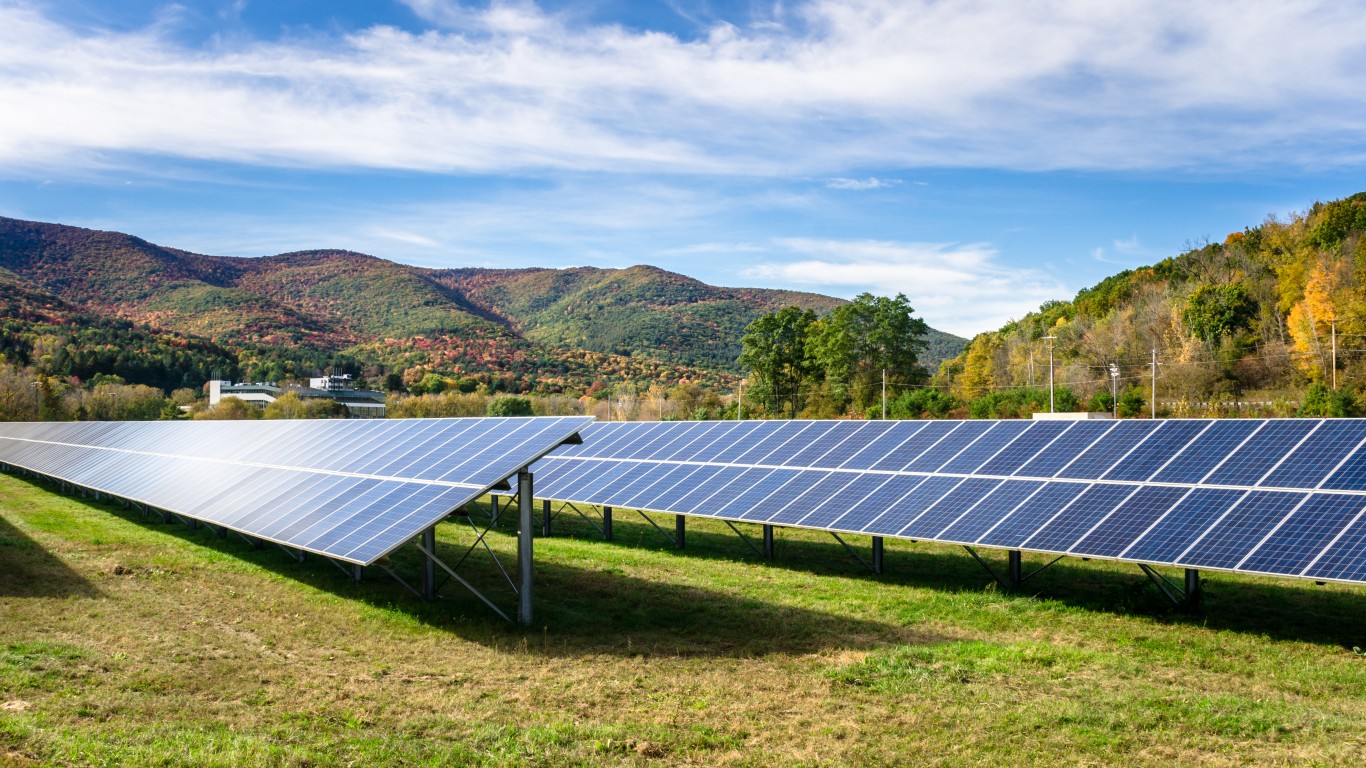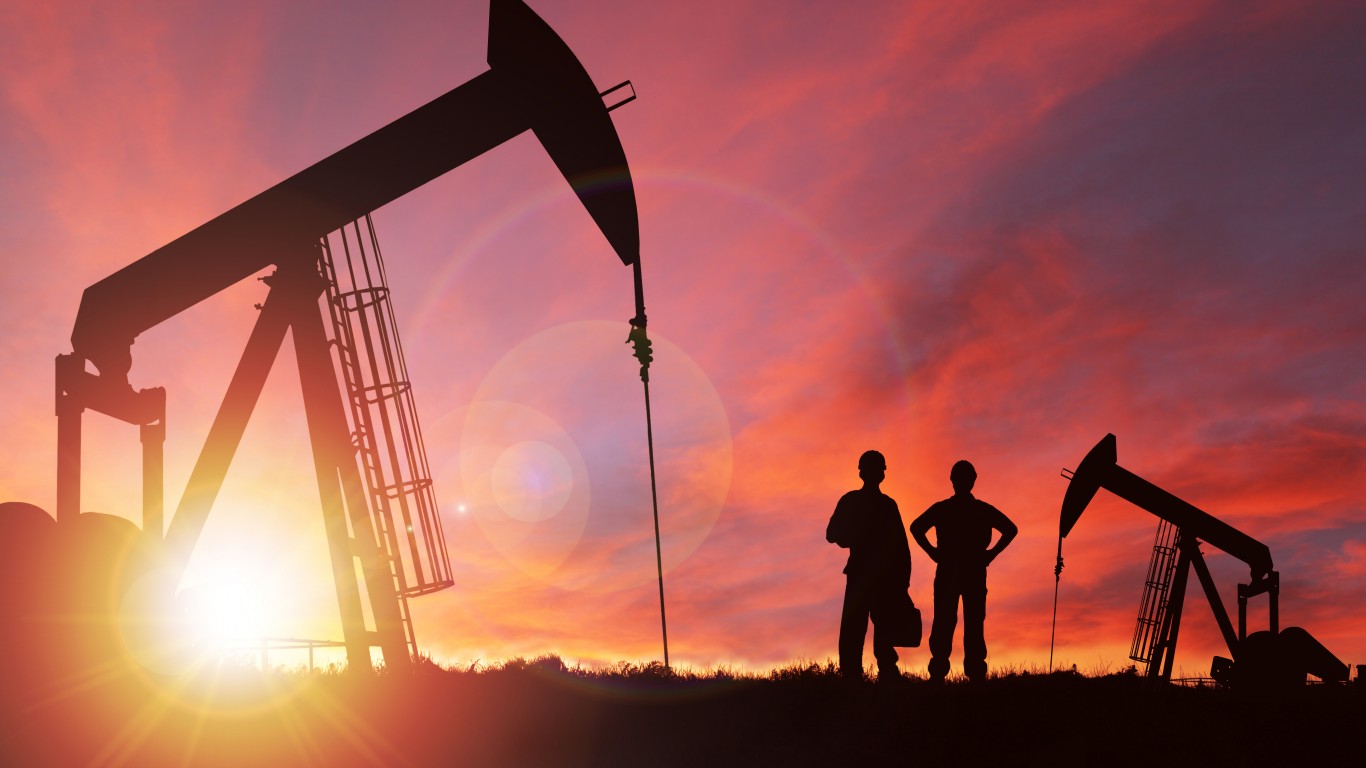
That Saudi Arabian Oil Co., better known as Saudi Aramco, is considering selling shares to the public has generated a lot of chatter about what the company might be worth. By one measure, proved reserves, Saudi Aramco may be worth as much as $10 trillion when oil reaches $40 a barrel again.
In a statement Friday, the company said:
Saudi Aramco confirms that it has been studying various options to allow broad public participation in its equity through the listing in the capital markets of an appropriate percentage of the Company’s shares and/or the listing of a bundle of its downstream subsidiaries.
Saudi Aramco claims 261 billion barrels of proved reserves, nearly 20 times the proved reserves of Exxon Mobil Corp. (NYSE: XOM), which reported about 14 billion barrels of oil at the end of 2014 and has the largest proved reserves of any publicly traded company in the world. Even at $30 a barrel, Saudi Aramco’s reserves would be valued at more than $8 trillion. And 5% of that is still $400 billion. Exxon’s market cap today is about $315 billion.
The thinking seems to be that Saudi Aramco could offer an “appropriate” percentage — say 5% — of the company in an initial public offering, very likely on the Saudi stock exchange. That way the company and the royal family maintain absolute control of both Saudi Aramco and the exchange on which public shares are traded. However, the total capitalization of the Saudi stock market, called the Tadawul, is just $345 billion and may not be able to deal with the new listing.
The kingdom has run a $98 billion budget deficit in 2015 and plans spending cuts of some $13 billion in 2016 as revenue is forecast to drop another $25 billion. In 2015, the government sold off about $73 billion in foreign assets to raise cash to help offset the impact of low oil prices.
Is this a fire sale? Are the Saudis really that hard up? No, and not really. But the extensive Saudi royal family (the family reportedly numbers more than 5,000) may need some help financing their lifestyle, according to a snarky comment at FT Alphaville. More likely, even Alphaville admits, is the collapsing rial and its official peg (3.75-to-1.00) to the U.S. dollar.
Even if Saudi Aramco is worth only about a third the value of its proved reserves, it would still be among the largest publicly traded companies in the world. The big issue for the Saudis, aside from needing cash, is how much they are willing to reveal about the inner workings of Saudi Aramco. Currently that amounts to almost nothing, but if the company wants to trade on a more liquid exchange such as New York, London or Hong Kong, it will have to reveal details about its business that it has never shared before. That’s what makes the possible IPO so interesting to everyone but the investment bankers.
Thank you for reading! Have some feedback for us?
Contact the 24/7 Wall St. editorial team.



